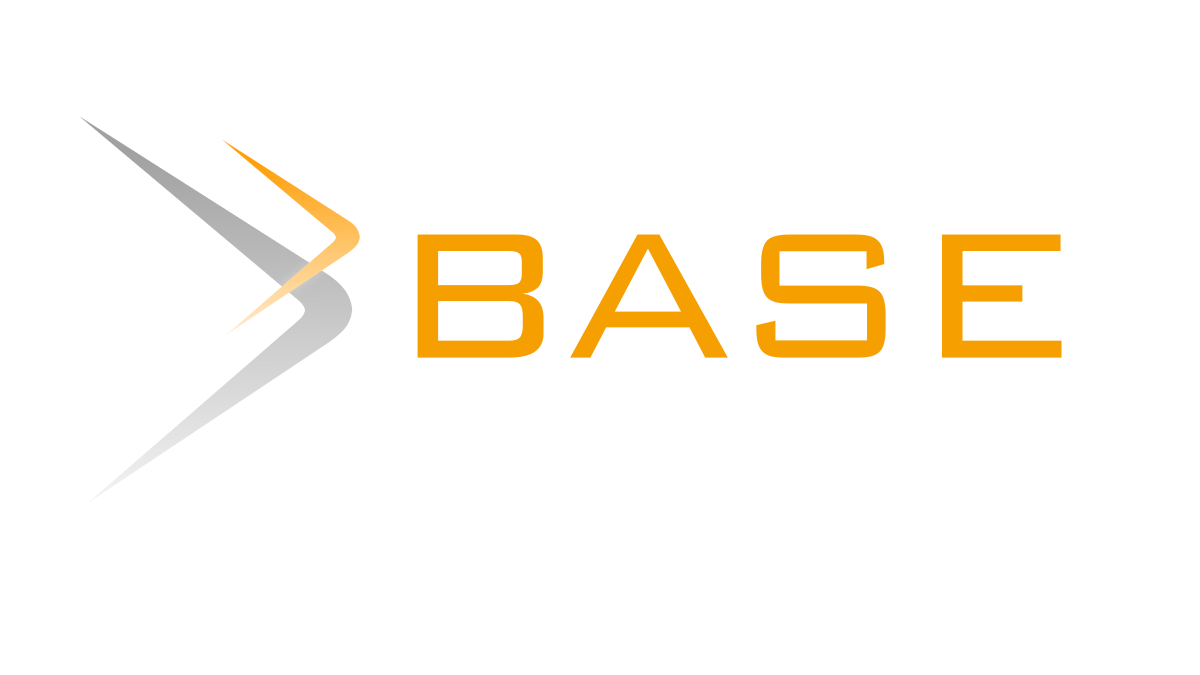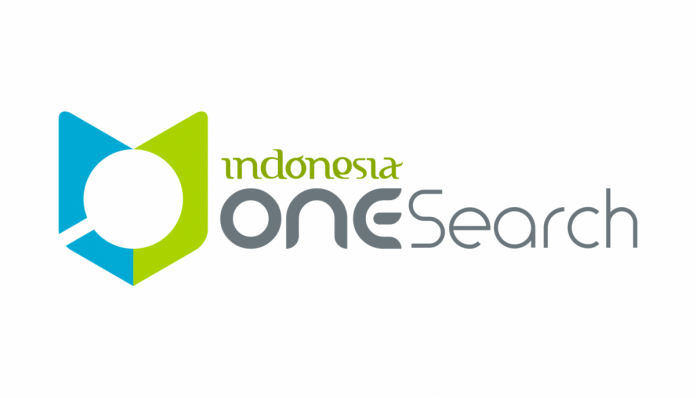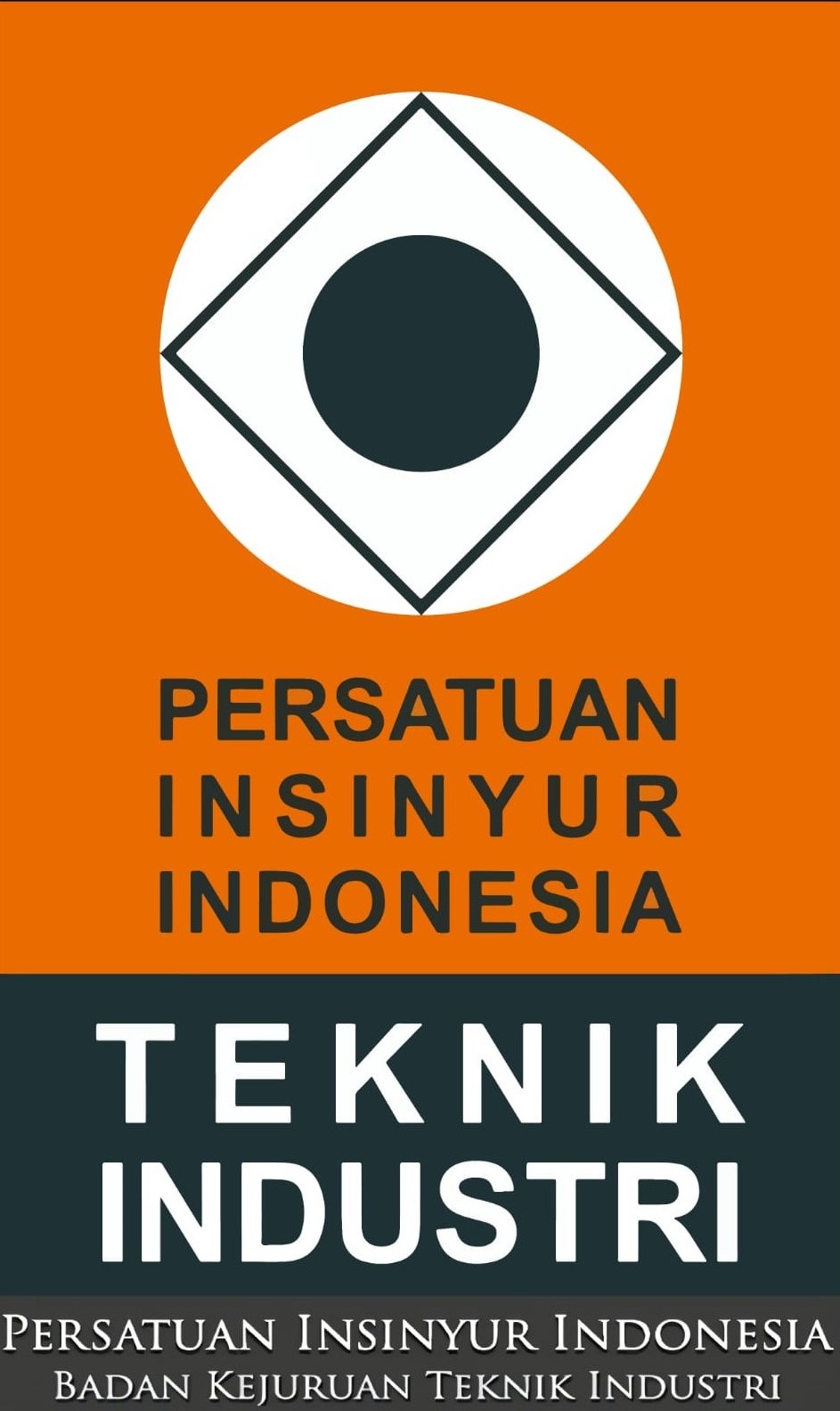Submissions
Submission Preparation Checklist
As part of the submission process, authors are required to check off their submission's compliance with all of the following items, and submissions may be returned to authors that do not adhere to these guidelines.- The submission has not been previously published, nor is it before another journal for consideration (or an explanation has been provided in Comments to the Editor).
- The author is willing to follow the entire editing process until the manuscript is declared as accepted or rejected for publication. If you wish to discontinue the process, the author should notify the editor with an email for article withdrawal.
- The submission file is in OpenOffice, Microsoft Word, or RTF document file format (Maximum 25 pages long). Additional files are uploaded as supplementary.
- Where available, URLs for the references have been provided.
- The text is written with Times New Roman font size 11 pt with 1.5 (one and a half) line spacing between lines, 12 pt spacing among paragraphs, 24 pt spacing for the next heading, and on A4 paper (210 mm x 297 mm) with the upper margin of 1.75 cm, lower margin 1.55 cm, left and right 3 and 3 cm; employs italics, rather than underlining (except with URL addresses); and all illustrations, figures, and tables are placed within the text at the appropriate points, rather than at the end.
- The text adheres to the stylistic and bibliographic requirements outlined in the Author Guidelines
- The manuscript has followed the template available in the Author Guidelines, which can be found in the Submissions Menu.
- The manuscript has composed of an introduction, research methods, results and discussion, and conclusions. See Specific Instruction in Author Guidelines.
Copyright Notice
The Authors submitting a manuscript do so on the understanding that if accepted for publication, the copyright of the article shall be assigned to TALENTA Publisher Universitas Sumatera Utara as the publisher of the journal.
Copyright encompasses the rights to reproduce and deliver the article in all forms and media. The reproduction of any part of this journal, its storage in databases, and its transmission by any form or medium will be allowed.
Privacy Statement
The names and email addresses entered in this journal site will be used exclusively for the stated purposes of this journal and will not be made available for any other purpose or to any other party.





















